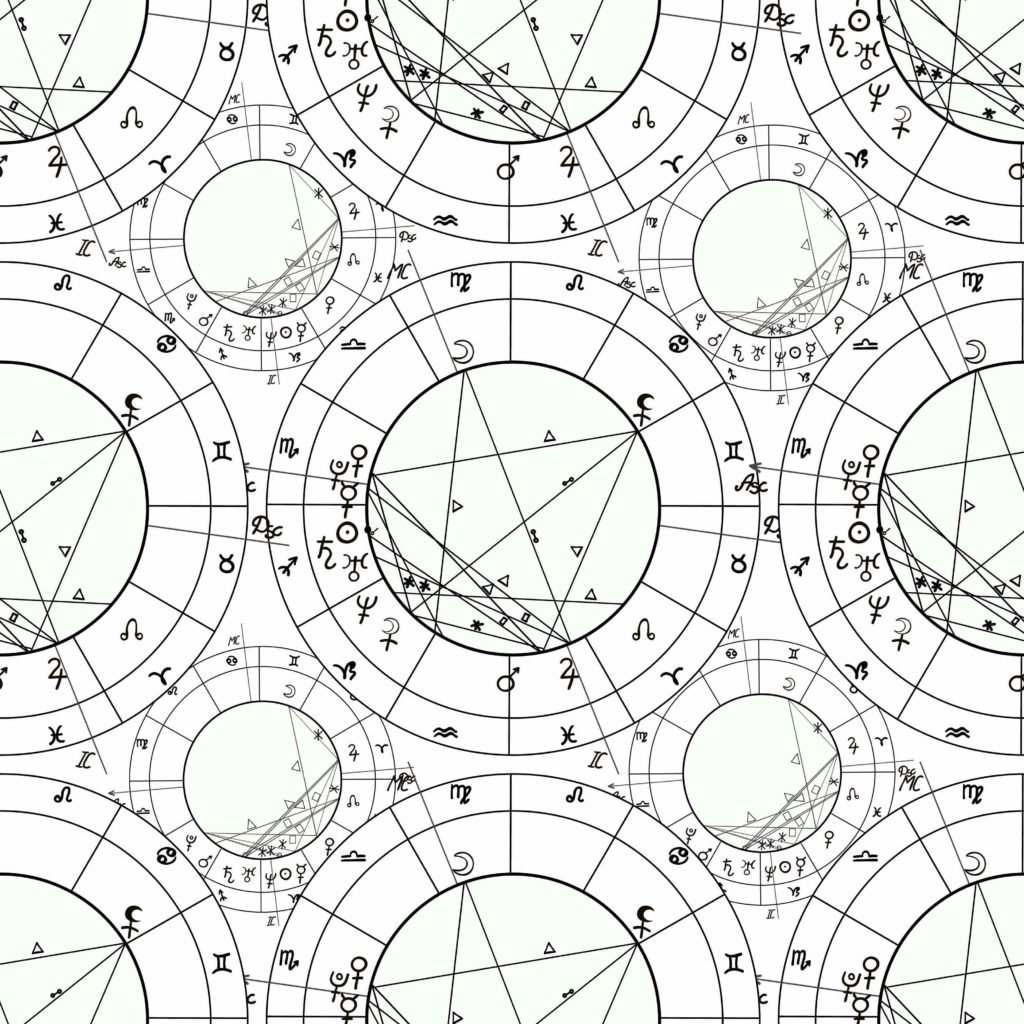
When people learn about astrology, they tend to focus on the fixed positions of planets, nodes, and luminaries. After all, natal and event charts are detailed snapshots of where these bodies were at specific moments. Yet these bodies’ movements also reveal important information according to astrologers. Also known as astrological transits, these ongoing movements tell deeper stories within a horoscope.
How Astrologers Define Transits
The Astrology Dictionary describes an astrological transit as “the passage of a planet or celestial body relative to the location of another celestial body or sector in an astrological chart.” In other words, each body’s path allows it to impact nearby planets, points, nodes, and sectors. Astrodienst explains that this kind of impact results from the celestial body’s energies coming in contact with its new locations, especially as it forms new relationships with planetary positions from the original natal or event chart.
These transits can be divided into two categories: fast-moving and slow-moving. Fast-moving transits usually include the sun and other inner planets and bodies: the moon, Mercury, Venus, and Mars. Outer planet transits include those of Jupiter, Saturn, Uranus, Neptune, and Pluto.
More Than Movement: Angles and Aspects
Of course, a single body’s movement in comparison to other bodies doesn’t completely define the essence of an astrological transit. It’s the aspects that result from its location relative to other planets. Aspects are simply the positions that two or more bodies create when in specific formations. While there is a wide range of these aspects, many astrologers focus on a select few that are considered significant:
- Conjunction: two planets in the same sign
- Sextiles: two planets placed two signs apart
- Squares: celestial bodies located three signs apart
- Trines: planets positioned four signs apart
- Oppositions: bodies occupying opposite ends of the zodiac–six signs apart
Just as planetary positions can form these aspects, a transiting planet can also create an aspect when it passes by others in a birth chart. To illustrate how this works, let’s look at an individual with a natal sun located at 22 degrees in Leo. The moon moving into this same spot would form a transiting conjunction between it and this person’s sun. If the moon were currently sitting at 22 degrees in Libra, this would create a transiting sextile with the original sun position.
The Significance of Astrological Transits
Cafe Astrology breaks down the meanings of most common transits. These transits generate new energies, which can play out in interesting ways within an individual’s life. Fast-moving transits have shorter impacts than slow-moving ones. For instance, the moon only takes between 48 and 60 hours to travel through each sign, yet Saturn requires around 36 months. Additionally, soft aspects like conjunctions, trines, and sextiles are usually thought to bring harmony. Hard aspects like squares and oppositions signify conflict or tension.
The earlier example of a transiting moon conjunction with a natal Leo sun would be called a “power day.” Power days are times during which the moon’s emotional energies blend with the sun’s willpower. A Saturn transit square with a natal Leo sun, however, produces a much different result. Saturn’s energies of discipline and structure cause tension with the sun’s desire and will. Such a transit with Saturn in the notoriously secretive sign of Scorpio can amplify the effects, causing frustration when one’s plans are blocked by outside forces with no clue as to why it’s happening.
Astrological Transits Offer New Dimensions and Insights
Transits are yet another fascinating part of astrology. They add depth and detail to our charts and horoscopes, and they work new impacts and energies into our daily lives.

